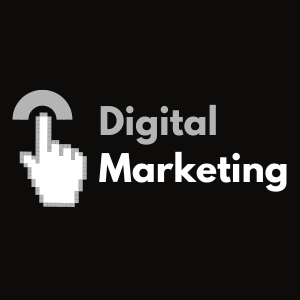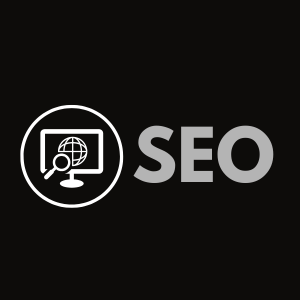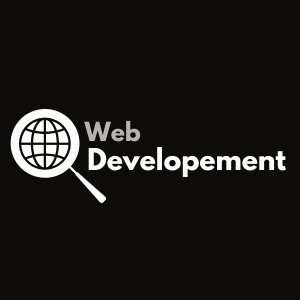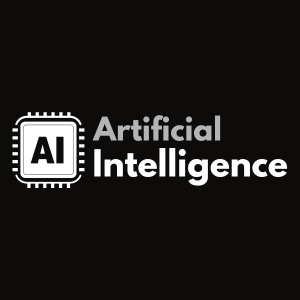What Is SEO and How Does It Work?
Are you starting your journey into Search Engine Optimization (SEO)? Whether you’re a business owner, marketer, or content creator, understanding…
Our digital marketing solutions blend creativity with data to help your brand thrive online. From targeted campaigns to multi-channel outreach, we deliver results that matter. Whether you’re building awareness or driving conversions, our strategies are designed to meet your goals with measurable success.
At Marketingghubb, we’re passionate about helping individuals and businesses thrive in the digital world.
Our blog brings you the latest insights, tips, and tutorials on Digital Marketing—including SEO, social media, and content strategy—as well as Web Development, covering everything from frontend frameworks to backend best practices.
Whether you’re a beginner looking to learn or a professional seeking updates, Marketingghubb is your go-to resource for practical, reliable, and actionable digital content.







Are you starting your journey into Search Engine Optimization (SEO)? Whether you’re a business owner, marketer, or content creator, understanding…
Digital marketing is no longer optional — it’s essential. As a start-up or an international business, digital marketing provides the…